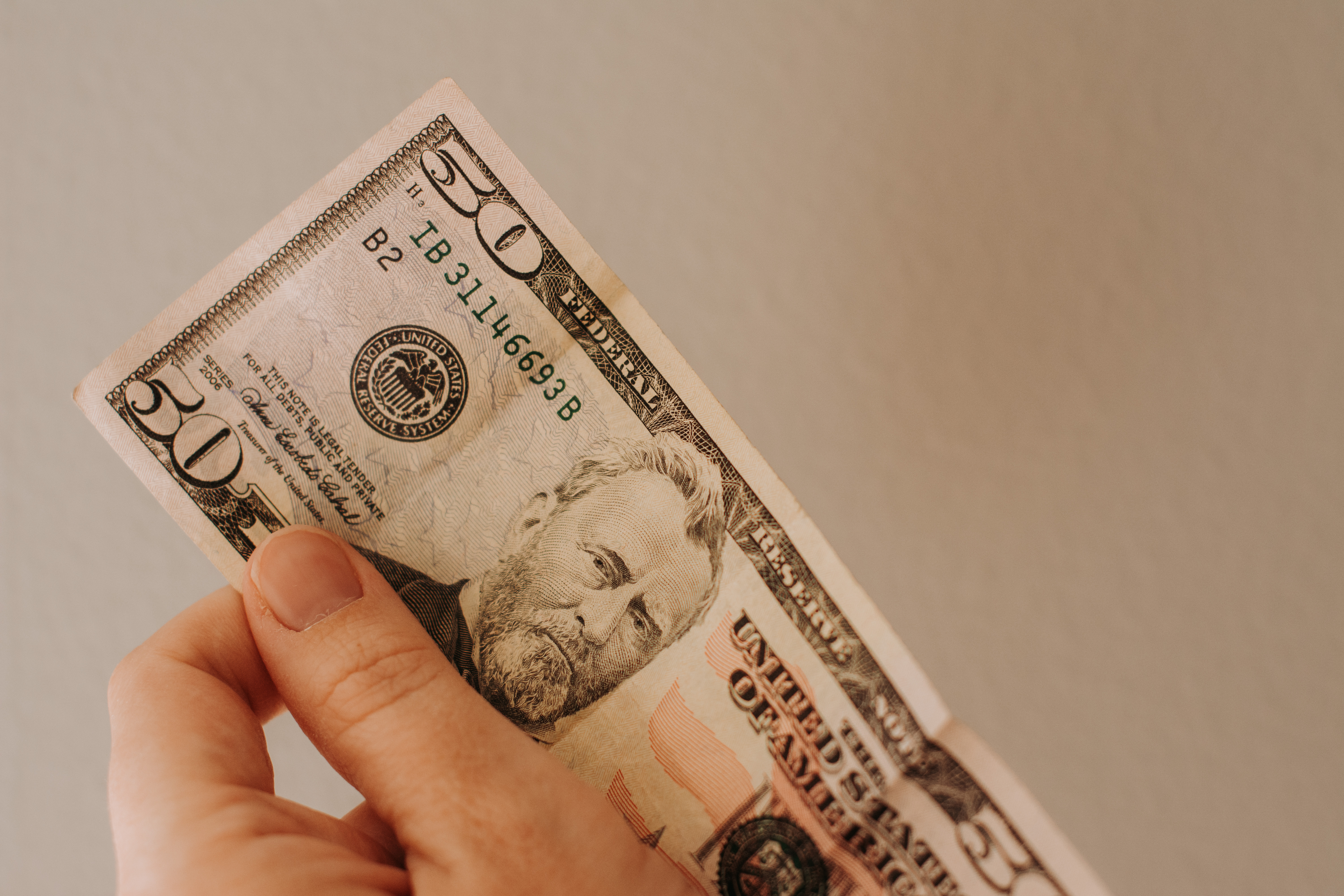
These pictures have nothing to do with the topic at hand, but they’re cute, so they had to go somewhere, right?
I’ve always found it particularly fascinating to study other people’s finances—not because I necessarily want to compare or to see how we’re “measuring up” to other people, but just because I think it’s so interesting how differently everyone views and spends money. (And also because I’m always looking for creative ways to become even more frugal!)
Ever since we went down to one income so that I could stay home with Raven, we’ve had to adopt an even more frugal mindset than we had before (which is saying something, since I’ve always been a pretty thrifty person).
Although we don’t make as much now as we made when we were both working, we make our single income work by following a couple of basic principles:
1 – We rent (an apartment).
We don’t want to be renting forever, of course, but relatively inexpensive apartment living is THE main reason we can afford for me to stay at home right now. Although our two-bedroom apartment can feel a little cramped at times, it’s really all the home we need right now with just one kid, so we don’t feel the need to move to a bigger place (and we really like the savings we get monthly from renting only the size we really need!).
2 – Each day, we operate from the assumption that we’re not going to spend any money that day.
Let me explain this one a bit—it’s not that we don’t spend any money ever (that’s not possible in our society), but we operate from the mindset that any money spent will be discussed and premeditated and planned (and usually agreed upon with the other spouse). This works for us because Matt, by his nature, is not a spender in the slightest, and since I manage the majority of our finances, it makes it relatively easy to assume that on most days, we won’t be spending money (and that we especially won’t be spending money just to spend money).
This means that we don’t go shopping for fun, that I always have a specific budget in mind whenever I go to the grocery store, and that we very specifically outline limits on such things as gifts and other personal expenses.
It’s so nice that at the end of the month, every dollar is accounted for and we don’t have that feeling of, “What on earth was THAT charge for?”
3 – We pay at least a 10% tithing.
For us, tithing is a spiritual principle that comes with real temporal blessings, and I am absolutely sure that it is one of the main reasons we have been so blessed financially.
**********
And now, just for fun, let’s crunch a few numbers and see (on average) where our money goes each month (based on our take-home pay, which means I’m not including taxes or anything like that). Note: These percentages were calculated back when we still rented an apartment and would be a bit different now that we’re in a home.
Rent – 25%
We feel very fortunate that our rent is such a small chunk of our take-home pay. This low number is due to two reasons: 1) We’re currently renting an apartment instead of paying a mortgage, and 2) We live in a city with a fairly low cost-of-living.
Tithing/Charitable Donations – 12%
In addition to paying 10% of our income to tithing, we also like to make some other voluntary contributions as well (through our church or sometimes through sites like GoFundMe), and on most months, it averages to about 12% of our income total.
Groceries/Household Items – 13%
We keep our grocery costs low by only going grocery shopping once a week (sometimes only once every two weeks), using coupons, shopping for deals, buying the generic brand (usually), and not buying a lot of packaged/processed food. I cook about 95% of our meals at home, which saves us a ton of money each month. For more info on how we keep our grocery bill so low, check out this post.
Eating Out/Takeout – 2%
Since we’ve had Raven and especially since we’ve gone down to one income, our habit before of going out about once a week has now been reduced to going out once per month (with maybe one run to Little Caesar’s for a $5 pizza thrown in). Raven goes to bed every night promptly at 6:30, which makes going out to eat at night a little tricky, and since we’re trying to save as much money as possible anyway, we limit going out as much as possible.
Utilities – 7%
During the spring and fall (when we don’t run heat or A/C hardly ever), this will drop even more, but right now it’s fairly consistent around 7%, which includes our utilities through the city and Questar bills.
I’m not one to be totally uncomfortable and keep it super cold inside during the winter or super warm inside during the summer, but we do try to be smart about it—we keep our temperatures lower at night, we turn the heat off if we’re leaving the apartment, and we mostly keep the lights off during the day while the sun provides enough light from outside.
Gas – 3%
We used to spend more than double on gas than we do now when I was working in a city that was a 30-minute commute away, but since I mainly just use the car to go around town, we don’t have to fill up very often (and Matt’s car’s gas is paid for by his work since he almost exclusively uses it to run work errands). On a normal month, we probably only have to pay to fill up our car twice.
Car + Life Insurance – 5%
We get our car and life insurance through the same company, and they’ve given us various good driver discounts and such over the years, which means I’m fairly pleased with how much we pay per month (and how much coverage we get for that). Of course, we’ve also never been in an accident (*knock on wood*), so we’ll see how we still feel about all that still if that ever should happen.
Health Insurance + Doctor – 5%
We are extremely fortunate in the health insurance department at the moment due to our limited income and due to the fact that Matt’s work doesn’t offer insurance (so we had to go through the Marketplace). Since it appears that there will be many changes in health insurance over the next year or two, I don’t anticipate that this will stay so low, but it’s been really great for as long as it’s lasted.
Cell Phone – 2%
>Neither of us owns a smartphone, so we both have a very basic phone plan with no data and unlimited texting through Verizon. I know we could probably find something even cheaper, but coverage was sketchy before when we had a different provider, so it’s been worth it for us to pay for Verizon since it basically guarantees us coverage anywhere (and because our bill is so low compared to most people’s anyway).
Miscellaneous (gifts, car tune-ups, infrequent bills, clothing, etc.) – 11%
Every month, some additional expense comes up, such as birthday gifts, oil changes, or me needing another punch pass to the rec center where I do my aerobics classes, so I plan a little buffer every month for such things.
Savings – 15%
We might not make much money currently, but we still are able to save at least this much every month because we make it such a priority. I should note that we “pay ourselves first” by having Matt’s paychecks deposited into our savings account and then only transferring out what will be needed for the rest of that period. I’ve found that doing it this way means that I’m more likely to want to transfer out in even amounts (like by $10 or $25), so I’ll often save more than I might otherwise just because I like to keep my numbers even. (For example, if I were to do it the opposite way and put the paycheck into checking, I would be more likely to transfer an even amount like $100 into savings rather than $118 into savings. This way, the $18 stays in savings already, if that makes sense.)
******************
And there you have it—our monthly numbers. We’re anticipating some extra income this year from side businesses and hopefully through Matt’s job, too, but our plan is to keep all of our current expenses fixed and just put any extra into savings (since it’s time to really buckle down and finish our full emergency fund and get more into our down payment fund!).
Do any of our numbers surprise you? What does your monthly expense chart look like?







